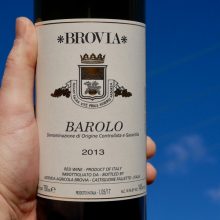
Product information
Brovia Barolo 2013
$105
Description
Brovia’s 2013 is a rich, dense wine with a fair bit of structure to match. Dark fruited it sits in the fuller camp of Barolo styles. Lovely spice, it’s loads of fun. Layers of flavour are matched by layers of tannins. Heading more down the line of Cascina Pugnane’s ‘Pugnane’ than their lythe ‘Bussia’.
Out of stock



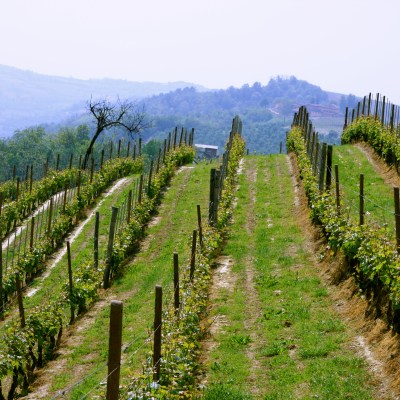
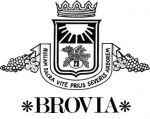
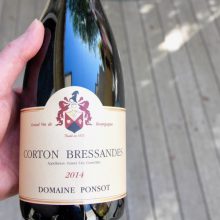
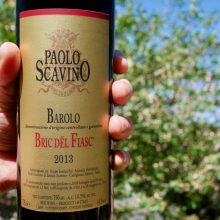
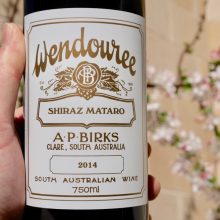
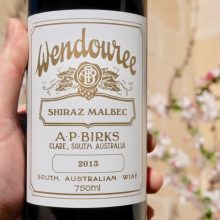
You must be logged in to post a comment.